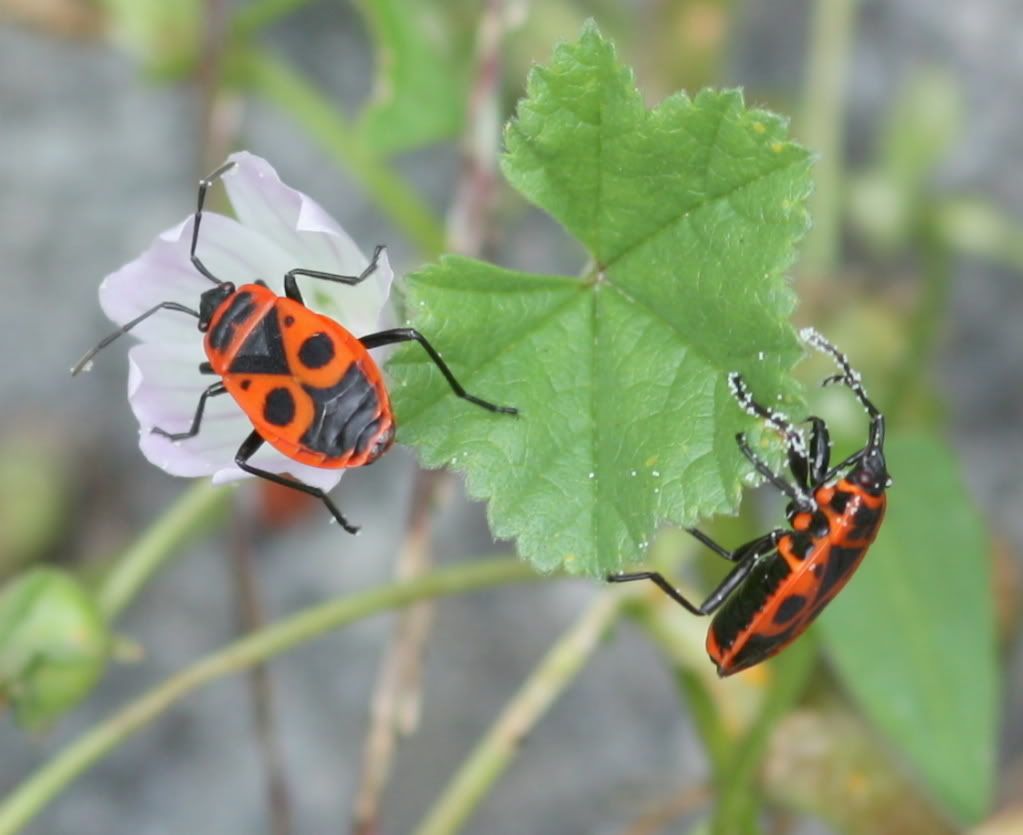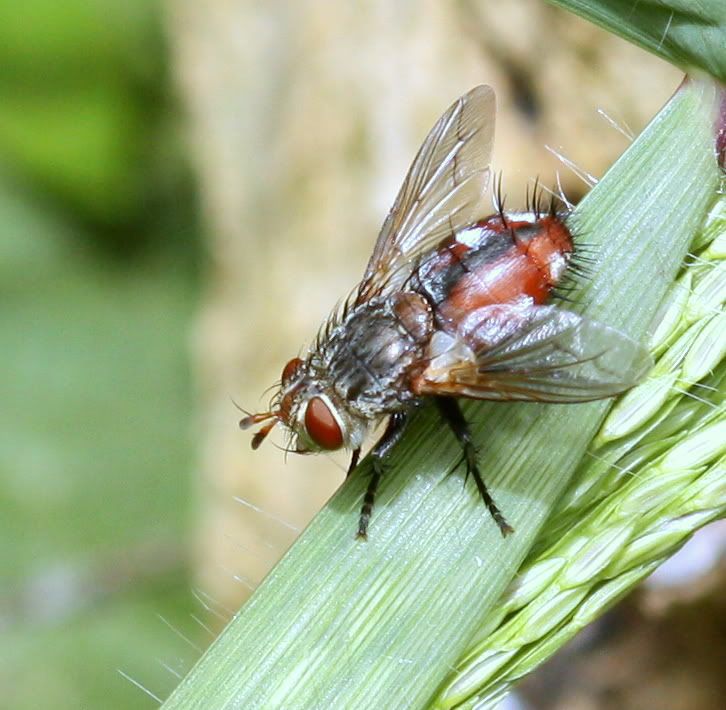Katherine Lihou
Well-Known Member
I’m posting these in this section as I need advice most of all. I’ll post in the macro section when I’ve learned enough from you to be able take photos to be proud of 
Most of these are out of focus. More DOF would definitely help. I daren’t take the ISO higher than 400. I know that I used to keep the aperture too open at f5.6 but if I close it down too much my shutter speed will be so low that I’ll get motion blur. I want to stick with natural light and monopod for a while yet, and looking at what Glen and others can do under similar conditions I know I must be missing something.
I know there’s nothing wrong with the equipment I have. I also know that a tripod and flash with diffuser would help but tripods just get tangled up in the undergrowth and for now I really like the subtleties of natural light. So I’m hoping that I can do the best I can this way.
These are old macros as I haven’t worked out how to post the latest from the new Mac via LR yet, so I apologise for the lack of data. I was mostly on manual, f5.6, ISO from 100 – 400, shutter speed probably too low in general. The fly’s rear end was taken with a compact and was the first macro I ever did that I liked The rest with the 450D and a Sigma 105. Crude tuning with free apps. Composition non-existent (will work on this in future).
The rest with the 450D and a Sigma 105. Crude tuning with free apps. Composition non-existent (will work on this in future).
Any pointers would be very much appreciated
This poor darling had been chased up a grass blade by a very aggressive peacock caterpillar (have you ever noticed how they look just like Goa'uld when they're startled ? (the larvae, not the woodlouse, of course ). Woodlice always remind me of Dürer's Rhinoceros. He was frozen with fear because that caterpillar was waiting for him lower down, which kept him nice and still for his photo.
). Woodlice always remind me of Dürer's Rhinoceros. He was frozen with fear because that caterpillar was waiting for him lower down, which kept him nice and still for his photo.

There's still no concensus on why they do this but it's great for macro photographers as they seem to go into a kind of trance when they're doing it and you can sneak up really close...

My favourite true bugs. Been on the island for many years but only just spreading in the land of the Perfidious Albions. Gentle little things but don't forget to lock up your mallow seeds

Still haven't got around to ID'ing this one yet. Would anyone know what it is offhand?

Taking this one made me realise just how interesting fly's rear ends can be. I now have a folder full of examples that no one ever seems to want to look at...

Slainte,
Kate
Most of these are out of focus. More DOF would definitely help. I daren’t take the ISO higher than 400. I know that I used to keep the aperture too open at f5.6 but if I close it down too much my shutter speed will be so low that I’ll get motion blur. I want to stick with natural light and monopod for a while yet, and looking at what Glen and others can do under similar conditions I know I must be missing something.
I know there’s nothing wrong with the equipment I have. I also know that a tripod and flash with diffuser would help but tripods just get tangled up in the undergrowth and for now I really like the subtleties of natural light. So I’m hoping that I can do the best I can this way.
These are old macros as I haven’t worked out how to post the latest from the new Mac via LR yet, so I apologise for the lack of data. I was mostly on manual, f5.6, ISO from 100 – 400, shutter speed probably too low in general. The fly’s rear end was taken with a compact and was the first macro I ever did that I liked
Any pointers would be very much appreciated
This poor darling had been chased up a grass blade by a very aggressive peacock caterpillar (have you ever noticed how they look just like Goa'uld when they're startled ? (the larvae, not the woodlouse, of course

There's still no concensus on why they do this but it's great for macro photographers as they seem to go into a kind of trance when they're doing it and you can sneak up really close...

My favourite true bugs. Been on the island for many years but only just spreading in the land of the Perfidious Albions. Gentle little things but don't forget to lock up your mallow seeds

Still haven't got around to ID'ing this one yet. Would anyone know what it is offhand?

Taking this one made me realise just how interesting fly's rear ends can be. I now have a folder full of examples that no one ever seems to want to look at...

Slainte,
Kate


